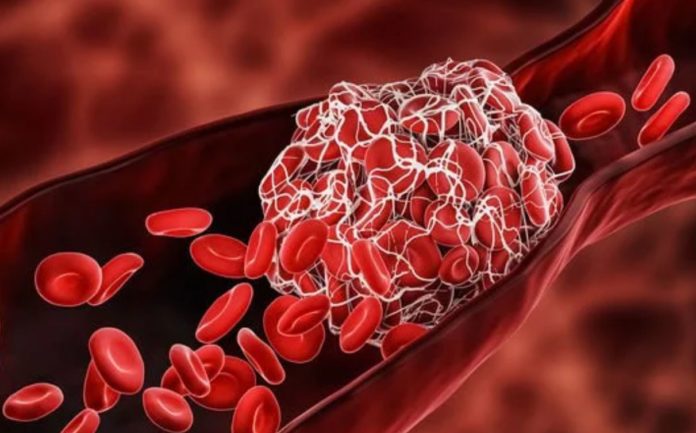Blood clots are considered very dangerous and need immediate treatment, as they could lead to even life-threatening situations and increase the risk of strokes and heart attacks. But how do we know if we have a blood clot? What are the most common signs and symptoms of a blood clot to look out for?
- Does This Mean We Stopped Being Animal and Started Being Human Due to ‘Copy Paste’ Errors?
- The One Lifestyle Choice That Could Reduce Your Heart Disease Risk By More Than 22%
- Aging: This Is What Happens Inside Your Body Right After Exercise
- Immune-Boosting Drink that Mimics Fasting to Reduce Fat – Scientists ‘Were Surprised’ By New Findings
- Gun Violence in America: What They Don’t Talk About at the Debate
Blood clots are very dangerous and must be treated as early as possible. A clot could hamper the blood vessels, which makes it very difficult to supply blood around the body. But sometimes it can be difficult to identify no obvious signs if you’re at risk of the condition.
Blood clots are relatively quite common, and are caused by platelets clumping and proteins together in the blood vessels.
They normally form in the arms or legs, but they could develop almost anywhere in the bay, including around the heart, brain or lungs.
If left untreated, they may break its way into the lungs, which can turn into a serious medical problem. This is also known as a pulmonary embolism.
According to experts, it is really necessary to seek medical help if you think that you have a blood clot.
They are most likely to form in the arms or legs, way beneath the skin’s surface.
These are known as DVT (deep vein thrombosis), capable enough to land into the heart or lungs. It mostly develops due to long hours sitting like on a long-haul journey.
“When blood clots don’t fall apart, they can be dangerous and lead to serious medical conditions,” says WebMD.
“You can get them in blood vessels in just about any part of your body. They’re most likely to affect a leg, especially if you sit for long periods of time.
“If you learn the warning signs, you’re more likely to get quick medical help that can make a huge difference in keeping you out of the danger zone.
“But it’s important to know that in some cases, clots can happen with few symptoms or none at all…”
Swelling is one of the most common signs of a blood clot, and it could be warm to the touch, itchiness, a blue or red tinge on the skin and as it develops further, it could be more painful or sore, just like a dull ache.
If it’s around the lower leg, you could face persistent cramp.
Some patients could also suffer from the Difficulty Breathing, which is an obvious sign of the clot has made its way the leg toward the lungs and further, it may lead to cough, pain in the chest, and dizziness.
- Does This Mean We Stopped Being Animal and Started Being Human Due to ‘Copy Paste’ Errors?
- The One Lifestyle Choice That Could Reduce Your Heart Disease Risk By More Than 22%
- Aging: This Is What Happens Inside Your Body Right After Exercise
- Immune-Boosting Drink that Mimics Fasting to Reduce Fat – Scientists ‘Were Surprised’ By New Findings
- Gun Violence in America: What They Don’t Talk About at the Debate
If you notice these symptoms, experts recommend immediately look for medical help.
